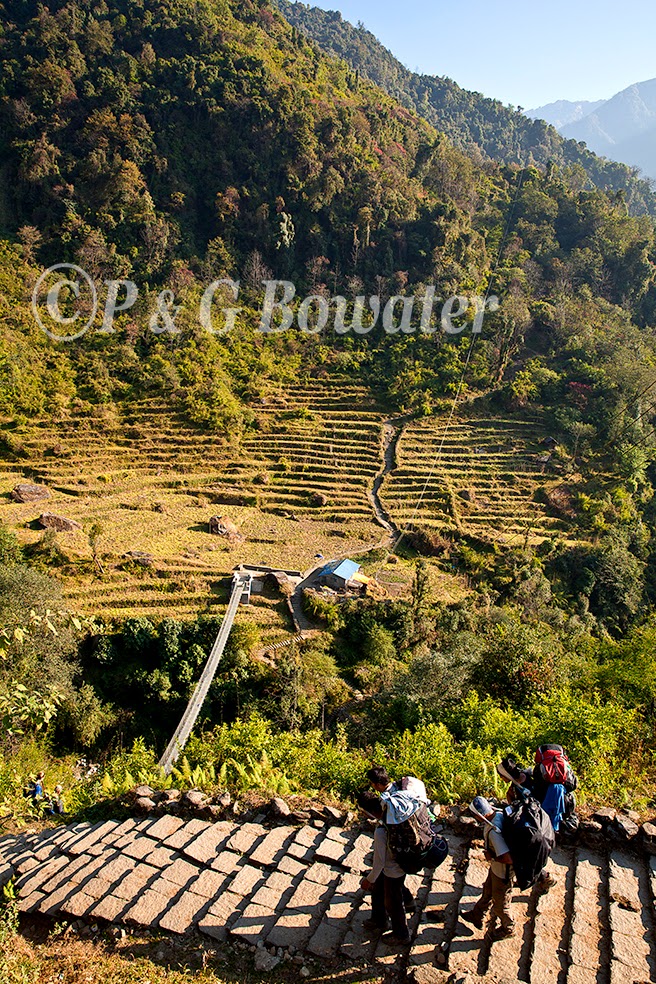Chatillon-en-Diois
Festival Arts et Vigne
3 to 10 August 2014
This will be Chatillon's 20th Festival Arts et Vigne and our third. We don't imagine that we are the only ones amongst the 70-odd exhibitors still scurrying around at this late date to get everything ready. Last year we were thoroughly spoilt with a prime location in the Mairie, opposite the fountain. This year we have a more humble yet more interesting, vaulted space in the medieval village.
 |
| Chatillon-en-Diois, the medieval village seen from the path that leads to the summit of Glandasse which towers 1200m over the valley. |
As our exhibition space is smaller than last year we'll have a little less work to do but a lot more careful editing is called for. We have been working on the results of a couple of highlights during our last 12 months: A visit to our friends, Shasha and Suhail Shaikh, at Lamastre in the Ardeche - Shasha virtuoso of fine batik painting and Suhail the master of exquisite paper sculpture, both regular exhibitors at the Festival. And three weeks spent trekking in Nepal.
Our memorable week-end with the Shaikhs included a visit to the old Chemin de Fer du Vivarais railway station where Georgina took a couple of shots of an interesting and unusual rusting locomotive standing in the sidings.
The image of the locomotive was not particularly prepossessing and did it no justice as it was surrounded by weeds and clobber and the rails were not visible. Many hours spent in front of a computer have turned the image into something completely different and, we hope, more worthy of the subject. We printed an A1 file onto canvas, framed it with a raw moulding, worked on the frame to complement the image and added rivets and a little rust.
Our visit to Nepal in November/December last year was not only a photographic exercise but, naturally, there were irresistible opportunities.
 |
| Captive cloud in the light of the setting sun from Annapurna Sanctuary. |
We walked for most of our time in Nepal but we spent a couple of productive days in Kathmandu and Patan.
 | ||
| An intricate, carved wooden facade in the Maidan, Kathmandu. Duplicated and repeated. |









































